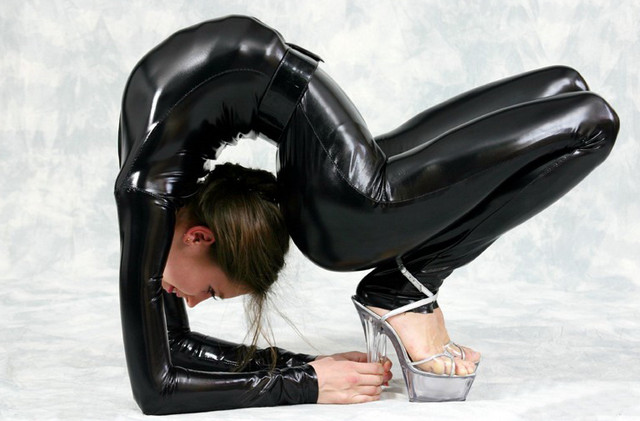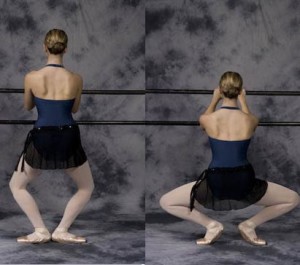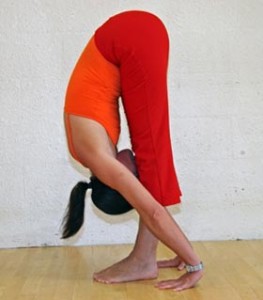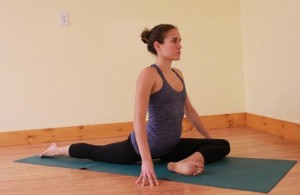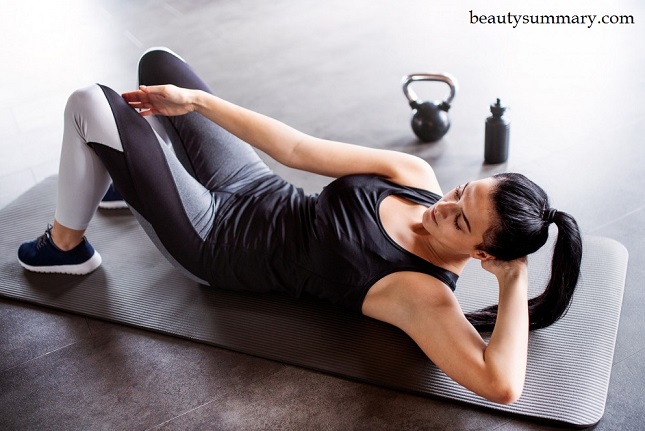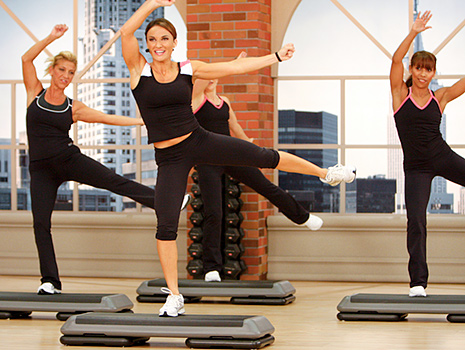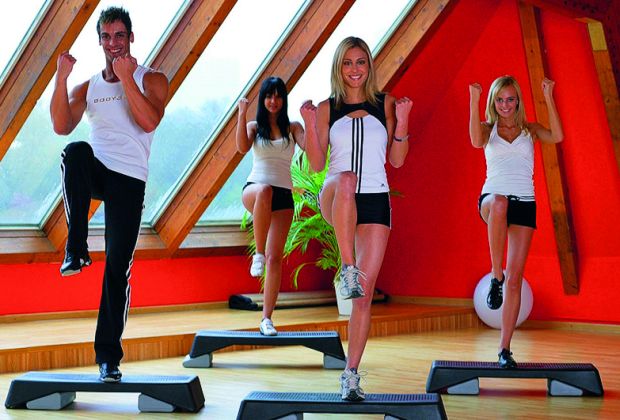Content
- The benefits of developing flexibility
- Rules for doing flexibility exercises
- Examples of exercises for training flexibility and plasticity

Flexibility exercises can help you achieve amazing results, even if you’re not so plastic by nature..
Inborn flexibility is a quality that not all people can boast of. How to develop flexibility for those who are not so lucky? After all, a good stretch affects not only the plasticity of the body and the coordination of movements, but also allows you to quickly achieve progress in fitness. This is due to the fact that the stretched muscles are less prone to injury and respond more quickly to the load. Special flexibility exercises will help make the body plastic. They can be performed independently, combining with other workouts..
The benefits of developing flexibility
Content
- The benefits of developing flexibility
- Rules for doing flexibility exercises
- Examples of exercises for training flexibility and plasticity
How does the development of flexibility affect the body? First of all, stretching helps relieve muscle tension, which helps to relax. It is known that the state of muscles has a direct relationship with our psychological state. Therefore, flexibility exercises are useful during stress or intense emotional stress..
Due to the gradual increase in the range of motion, stretching develops coordination and endurance, thereby reducing the likelihood of injuries. In addition, like any other load, it improves blood circulation and starts the body’s regenerative processes. With a sedentary lifestyle, the invigorating effect of exercise will be noticeable immediately.
Rules for doing flexibility exercises
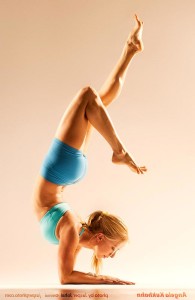
Exercises that include exercises for body flexibility are good for women’s health..
How to develop flexibility without risk of injury?
- Any exercise for body flexibility should be preceded by a 5-minute aerobic warm-up (running in place, swinging your legs and arms, jumping rope or climbing stairs). Stretching untrained muscles is dangerous, as it can lead to injury.
- Perform a full range of exercises 2-3 times a week.
- Spend 5-10 minutes daily stretching individual muscles, not forgetting about preheating.
- It is allowed to perform exercises after a general body training. But if after class you feel a breakdown, give up the extra load. Inadequate concentration and severe muscle fatigue do not allow for a full stretch and increase the likelihood of injuries..
- Avoid sudden movements. Beginners should prefer a static (slow) stretch. Dynamic stretching should be performed with extreme caution..
- Gradually stretch the muscle until you feel a slight soreness. Hold the pose for 15-30 seconds, then slowly return to the starting position.
- Perform a quick stretch within 30 seconds.
- Never reach through the pain! Remember that the regularity of flexibility exercises is more important than their amplitude.
- Do not take long breaks between movements, smoothly move from one to another.
- Any exercises are designed for 1-1.5 months of regular performance. After that, the muscles adapt to the load and the exercises lose all meaning. If from the very beginning you feel that the exercises are too simple, complicate them or choose a workout for advanced.
Examples of exercises for training flexibility and plasticity
The following will be a workout containing exercises for body flexibility. It is designed specifically for those who are just starting to develop flexibility..
Do not forget that you can start flexibility exercises only after a light warm-up.
- Stand facing the wall. Connect your fingers into the lock and with springy movements push them against the wall. Separate your fingers and repeat the movement.
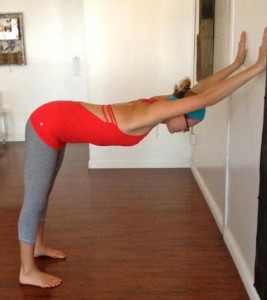
When doing this exercise, keep your back and legs straight..
- Stand straight, connect your heels and bend your knees slightly. Place your hands on your hips. Complete a series of springy squats.
To make it easier to maintain balance, grasp the support with your hands.
- Kneel, hands on the belt. Tilt the housing forward as far as possible.
- Staying on your knees, slowly sit on your heels and rest your palms on the floor. While in this position, raise your knee as high as possible. Make sure the angle between the knee and the floor is 30 °.
- Get up, put your legs together. Bend forward springily, trying to touch the floor with your fingers. Having reached the maximum position, stay in it for 15-30 seconds. In the future, try to touch the floor with your palms. For beginners, you can do these exercises with dumbbell flexibility..
Many publications have been written on how to develop flexibility, but classic inclinations always remain unchanged..
- Sit in Turkish and lean forward as far as possible, arms outstretched.
- Sit on the floor, stretch your legs forward. Stretch your arms along the body and fix on the floor. Take your feet off the floor and rotate your feet.
- How to develop the flexibility of the most problematic areas – the hips and the back surface of the lower leg? Stand on the right foot, pull the left heel to the level of the belt. Lock the leg with a chair or any other surface. Reach up and raise your hands. Then try to touch the right foot with your fingers. Change the supporting leg.
- Sit on the floor, bend one leg and straighten the other back. Keep your torso straight, hands on the floor. In a springy manner, move the body back and forth and slide your foot backwards so that the elongated leg stretches. Change foot.
Yoga classes help develop body flexibility.
- The starting position is the same as in the previous exercise. Swing the body springy left and right and slowly slide your elongated leg in the same direction. Repeat with the other leg. Regularly performing the last exercises for body flexibility, you will learn to sit on the twine.
Knowing how to develop body flexibility, you will quickly get a visible return on training and you can feel the result achieved in practice.






